State-held lands tend to be managed more for resource extraction and economic development than federal lands, for historical, legal, and political reasons, says Eric Biber, a law professor and director of environmental and energy law programs at the University of California, Berkeley.
*photos added by FRR
PANGUITCH LAKE, UTAH—Joe Adams had seen his share of fire. In Iraq. In Afghanistan. But never across the glassy Panguitch Lake in southern Utah, where he’d grown up.
Then on June 17, a small column of smoke appeared on the horizon. Fed by hot, dry winds, the blaze quickly became the largest active fire in the United States and the costliest in Utah’s history.
As the flames came roaring down toward his community, Mr. Adams – a young captain in the local fire department – drew up an evacuation plan for every neighborhood. He drove fire trucks and doused cabins.
But this young man who had left high school early to serve his country now faced the prospect that it was unable to save him and his neighbors. Every evening, he’d sit on his porch watching the billowing clouds of smoke across the lake and just cry.
“Not from sadness or self-pity, just frustration,” says Adams. “I came from this world where you could solve almost any problem by picking up the phone, calling the right-ranking individual, and he would send the right equipment and it would be solved. And this – it was like, there was no one else to call. It was every resource that they had was out here fighting.”

Nationwide, more than 50,550 fires have burned 8.5 million acres this year – including the devastating fires currently burning out of control in California, where at least 23 people have already been killed and some 3,500 homes destroyed. Many across the country are wrestling with how best to battle this costly challenge, which only looks set to worsen. According to a 2016 government report, about a third of the National Forest System’s 192 million acres “are at high risk of ecologically destructive wildland fire.”
Here in southern Utah, there’s a strong verdict: Just let us control our own land, and we’ll do a better job than the US Forest Service. In many locals’ eyes, it’s the Forest Service’s mismanagement that is chiefly to blame for this summer’s blaze.
Such views are driven in part by long-simmering hostility toward the federal government and environmentalists. To some state legislators, the fire is symptomatic of the problems that arise when Washington subsumes too much power and prevents the states from addressing local issues as they see fit.
State-held lands tend to be managed more for resource extraction and economic development than federal lands, for historical, legal, and political reasons, says Eric Biber, a law professor and director of environmental and energy law programs at the University of California, Berkeley.
The federal government and its allies, for their part, say they are in the business of sustainably managing forests for the benefit of all Americans, and making sure forests don’t get logged out of existence – a la The Lorax. But that can have negative effects, where the very effort to protect forests may now be contributing to their demise.
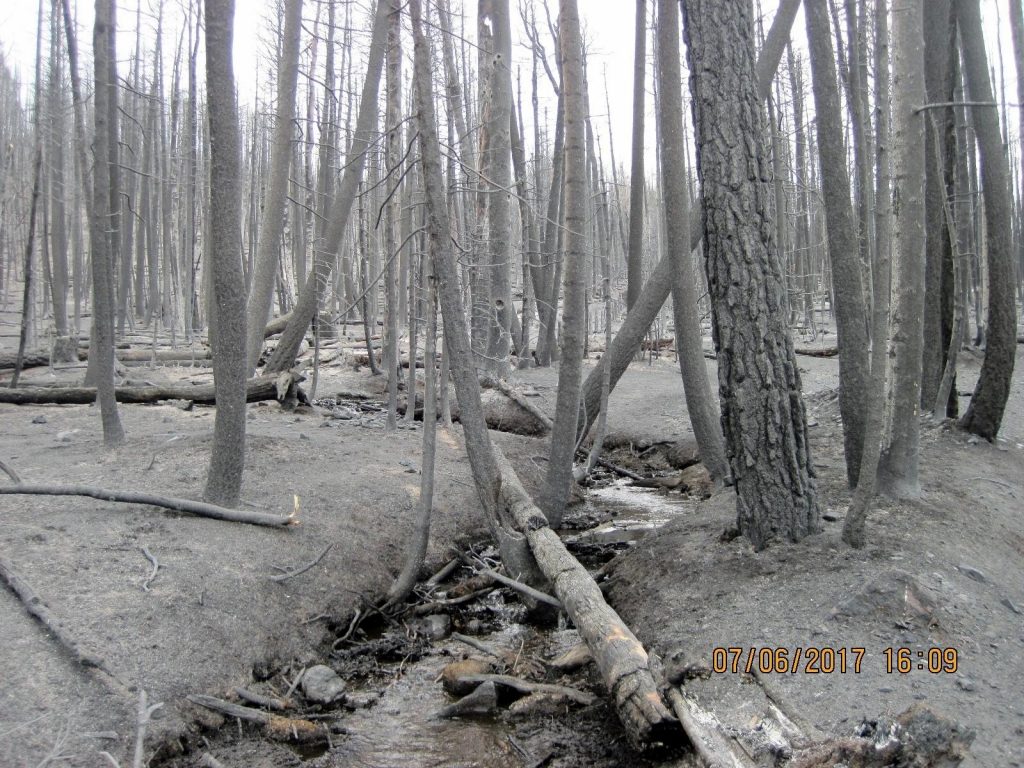
“What is ‘better’ is in the beholder’s eye. A forest ranger likely understands a particular national forest better than others. State and local zoning laws also contribute to risks by permitting more development next to and near national forests,” says James May, a scholar of constitutional law and co-director of the Environmental Rights Institute at Widener University’s Delaware Law School. “On the other hand, national forest policies have had unintended consequences, such as preventing natural or controlled and periodic fires, which accumulates forest fuel for greater and catastrophic conflagrations.”
‘Everybody knew’
The day the fire broke out in Dixie National Forest, veteran hydrologist Chris Butler was acting district park ranger. A sixth sense told him something was going to happen that day. But so did common sense.
The blaze started in Brian Head, an area everybody knew was a “red zone,” says Mr. Butler, while taking a visitor on a tour of seared forests, where bright green undergrowth is beginning to rise from the caked earth.
In August 2015, Garfield County sent a letter to Dixie officials, warning that mismanagement and neglect in federally managed forests constituted “a catastrophic public nuisance,” citing a threat to the Panguitch watershed and an overabundance of “ground fuel” – low vegetation that enables fires to sweep across an area unchecked – that exceeded USFS land health standards.
Locals blame that high risk largely on a decline in logging, due to pressure from what one state legislator derided on TV as “bunny lovers, tree huggers, and rock lickers.” Since 1990, the amount of timber harvested from USFS lands has dropped 75 percent, according to Western members of Congress proposing a bill to improve forest management, particularly in fire-prone areas.
“Yes, we haven’t been logging as much as we used to. But we have a lot of restrictions,” says Butler. “There’s a certain segment of the population that doesn’t want to see trees cut at all.”
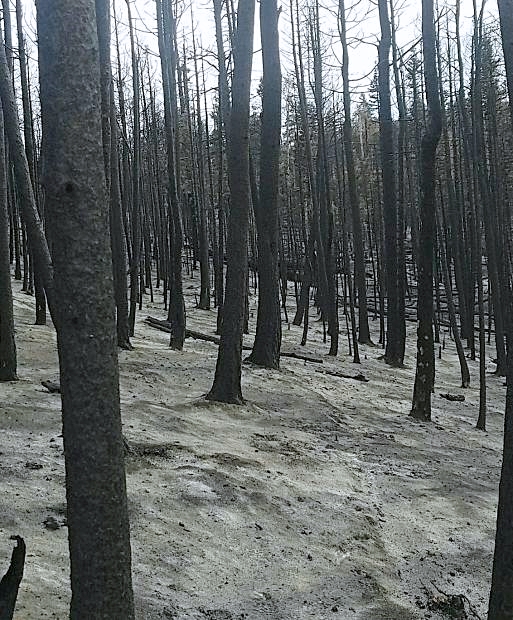
“Mechanical thinning” methods, including logging, can help reduce hazardous fuel. But the rise in catastrophic fires has also been linked to climate change, long-time policies of suppressing fires instead of letting them periodically run their course, a lack of biodiversity, and a lack of variety in the age and size of trees.
Over the past decade, 147,000 acres in Dixie – about twice the area that burned in the Brian Head fire – has been treated for the over-accumulation of vegetation, known as hazardous fuel. That makes Dixie one of the leading forests in the region in hazardous-fuel reduction, according to Butler’s office. But nationwide, it’s a problem that’s mushrooming; the 2016 report mentioned above noted that hazardous fuel is accumulating three times faster than it can be treated.
When the Brian Head fire broke out, there was a certain element of “we told you so” from locals and state officials. That didn’t keep them from springing into action, though.
As the fire came roaring toward Panguitch Lake over the ridge, local resident Walter Hatch and his friend Rick Beals, who happened to have brought a backhoe with him from California, jerry-rigged three 3,000-gallon water tanks to help fight the fire. Fed by an underground stream, the tanks were crucial to saving all but one house in the neighborhood.
Mr. Hatch has high praise for the fire crews who came to help, and for the feds who came by afterward and said, “Good going, guys!” But Hatch adds, the Forest Service was unaware of the locals’ firefighting capabilities, and communication was poor – literally on different radio frequencies.
“The feds are all bureaucracy. Everybody walks around – ‘Well, we’ll have a planning committee, and we’ll have a design committee, and then we’ll pick up a shovel to pick up the fresh cow [manure]’ – 30 days after we just wanted to flick it off the field,” says Hatch. “So we kind of overwhelmed the bureaucracy and went ahead and saved our cabins.”
Power to the people
When President Trump took office, he said he wanted to return power to the people. This was an issue a group of state legislators, known as Utah’s Commission on Federalism, had been working on since 2013, when they established the commission to rein in the ballooning federal government.
According to a tally from that year, there were more than 20 federal agencies or departments that each had more personnel than Congress; the Department of Agriculture alone had nearly six times more employees (95,223 vs. 16,432). Utah State Rep. Ken Ivory (R), co-chair of the Commission on Federalism, describes America’s current state as a bike with lopsided tires – one overinflated, the other completely flat. To him, it’s not so much about who is holding the handlebars. America simply can’t move forward until the air pressure is more equitably distributed.
So in February, members of Utah’s Commission on Federalism, with Trumpian winds at their back, drew up a list of more than five pages of powers they’d like to bring back to the state. Among them: Mitigate catastrophic fire risk on national forests and rangelands.
Six months later, on Aug. 4, they sent their opening salvo to the federal government. In a letter to the heads of the USFS, the Department of Agriculture, the Bureau of Land Management, and Secretary Ryan Zinke of the Department of Interior, they asserted that an estimated 80 percent of federally managed forests in Utah stood in the same “tinder box” conditions as those that burned in the Brian Head fire.
They asked for a written explanation by Sept. 15 “regarding the failure on the part [of] your respective agency to manage public lands within our State” and “the legal and constitutional basis for your agency’s source and scope of jurisdiction over these lands….”
They have yet to receive a response.
Still, the prospect of putting forest management under state control would raise a whole host of new questions. “What would Utah do with those lands? Would they be harvested?” asks Professor May. “Would Utah leave them alone? Maybe they would, maybe they wouldn’t.”
And under the current system of federal control, there are ways for the state to play a role. For example, since Congress holds the purse strings for the Forest Service, Utah’s representatives and senators could call in members of the Forest Service to answer questions about their land management and fire prevention practices. And there are other mechanisms to allow state participation and input on federal policies, including land management plans.
“Everyone is part of the solution, everyone is part of the problem,” says May. “The Constitution is a compromise.”
See more about wildfires on CS Monitor by clicking here
[paypal_donation_button]
Free Range Report
[wp_ad_camp_3]
[wp_ad_camp_2]
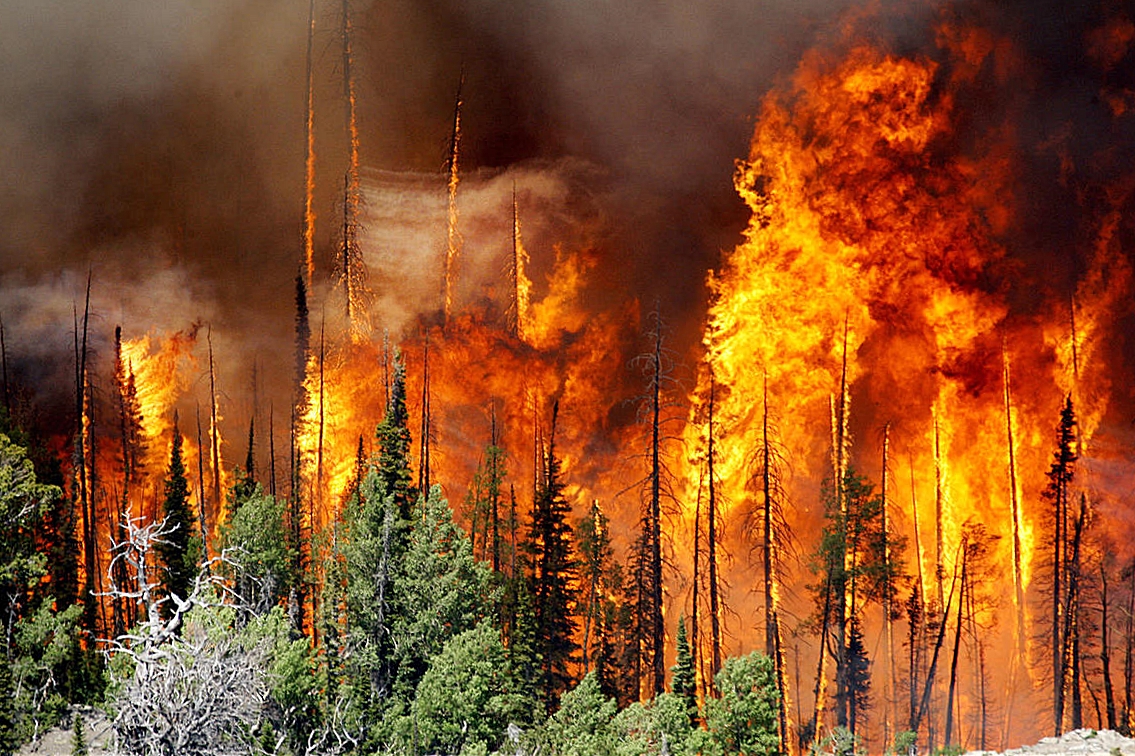
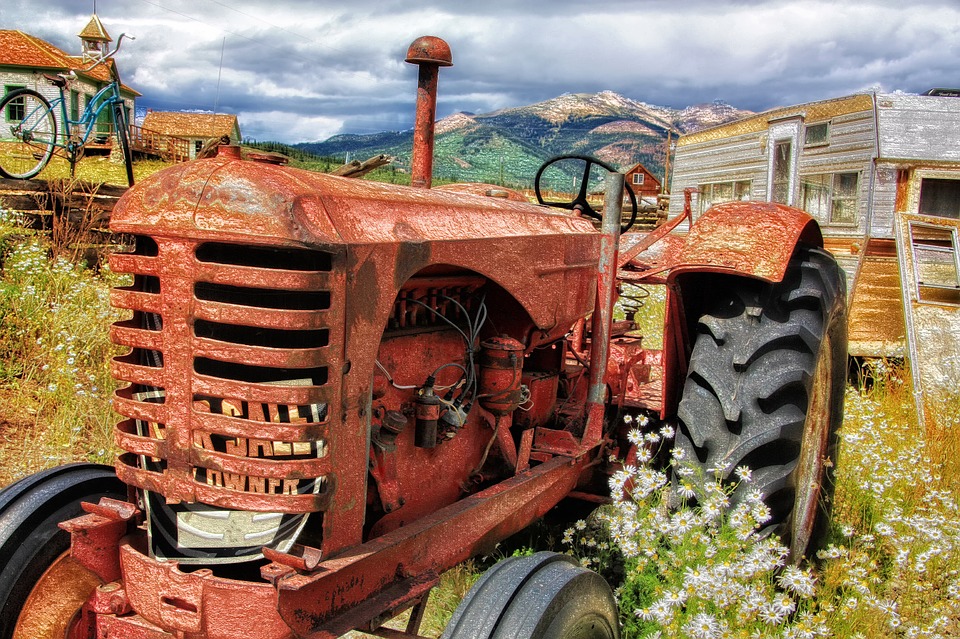
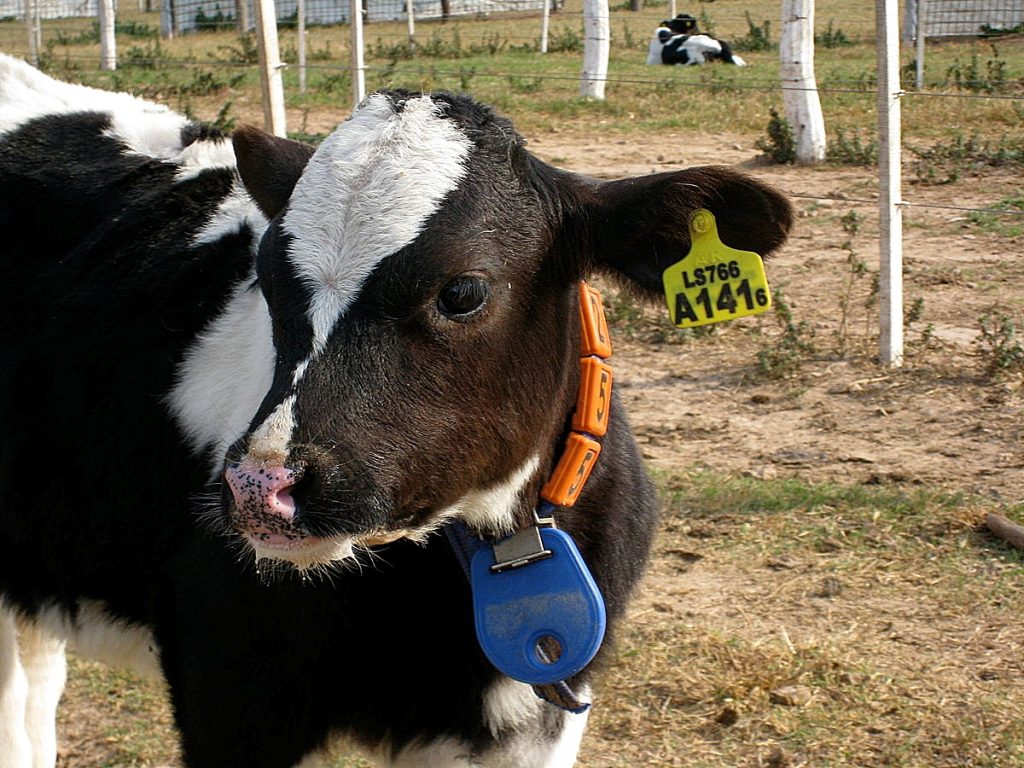

Catastrophic Wildfires are the result of the mismanagement of apex predators, not the cover-excuse of global warming or climate change. Longer warmer summers merely lengthen the fire seasons, but don’t change the excessive ground fuel loading brought-on by millions of now missing native species grazers (cervids like deer & elk).
According to Science Magazine: (http://advances.sciencemag.org/content/1/4/e1400103.full)
“By altering the quantity and distribution of fuel supplies, large herbivores can shape the frequency, intensity, and spatial distribution of fires across a landscape. There are even unique interactions among large herbivore populations that can influence fire regimes. For example, facilitative interactions between white rhinoceros and mesoherbivores result in reduced fuel loads and fuel continuity, and consequently fewer large, intense fires. Other factors can influence the frequency and intensity of fires, particularly in locations where the total area burned is strongly related to ungulate population size.
Mountain lions, bears, wolves and coyotes all take a toll on the cervid populations (primarily deer). What people (especially wildlife biologists/ecologists) have overlooked is that each deer consumes 7-pounds of super-hot burning grass and brush each day. These ground fuels are now excessive in and around our forests. A cursory math review tells us that the millions of now missing deer (CA alone is down about 2-million deer [80% decline] in just past 4 decades) had been abating 5-6 million tons of grass and brush annually; that’s a lot of ground fuel! And each lion kills about 50-60 deer each year… the mathematics tell us that lions kill on average over half the deer herds in some states. In CA, there are about 7,000 lions, which means at least 350,000 deer are lion chow each year. And with a starting herd population of just 400,000 deer, that math spells doom for hunting and the deer. Oregon is no better off with a cougar population of 6,400 (as of early 2017), and puts 320,000 deer into the jaws of lions, which is about 60% of the total herd each year!
Now we also have large and robust wolf-coyote hybrids on the West Coast (‘Wyotes’) thanks to the knit-wits who didn’t pay attention to the same problem that happened decades ago on the East Coast where populations of their hybrids (‘Coy-Wolves’), which have evolved and number possibly in the millions, are now busily killing their deer. A simple lesson that was missed.
We have to reel back the environmentalist policy peddler NGOs and bring some sanity back into wildlife management, which will have a beneficial effect on the Wildfire regime, as we read here:
https://www.horsetalk.co.nz/2017/12/18/environmental-groups-off-base-protecting-resources
We need good old-fashioned practical experienced people back at the head of the table when policies are made, not a bunch of wrong-headed people who have a record of failure.
Capt. William E. Simpson II – USMM Ret.
Member: Authors Guild
IMDb
Muck Rack: https://muckrack.com/william-e-simpson-ii
Contently: https://captbill.contently.com/